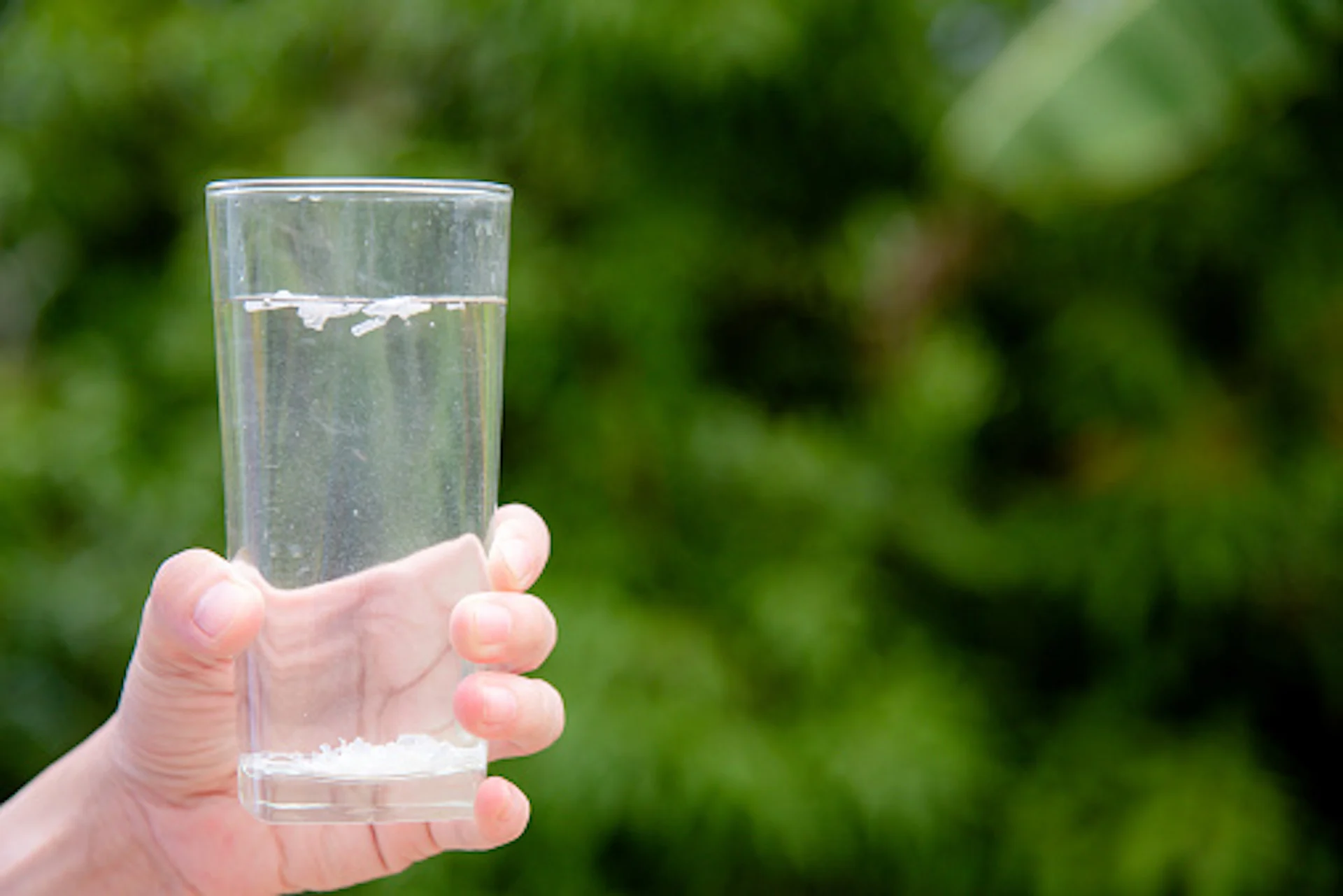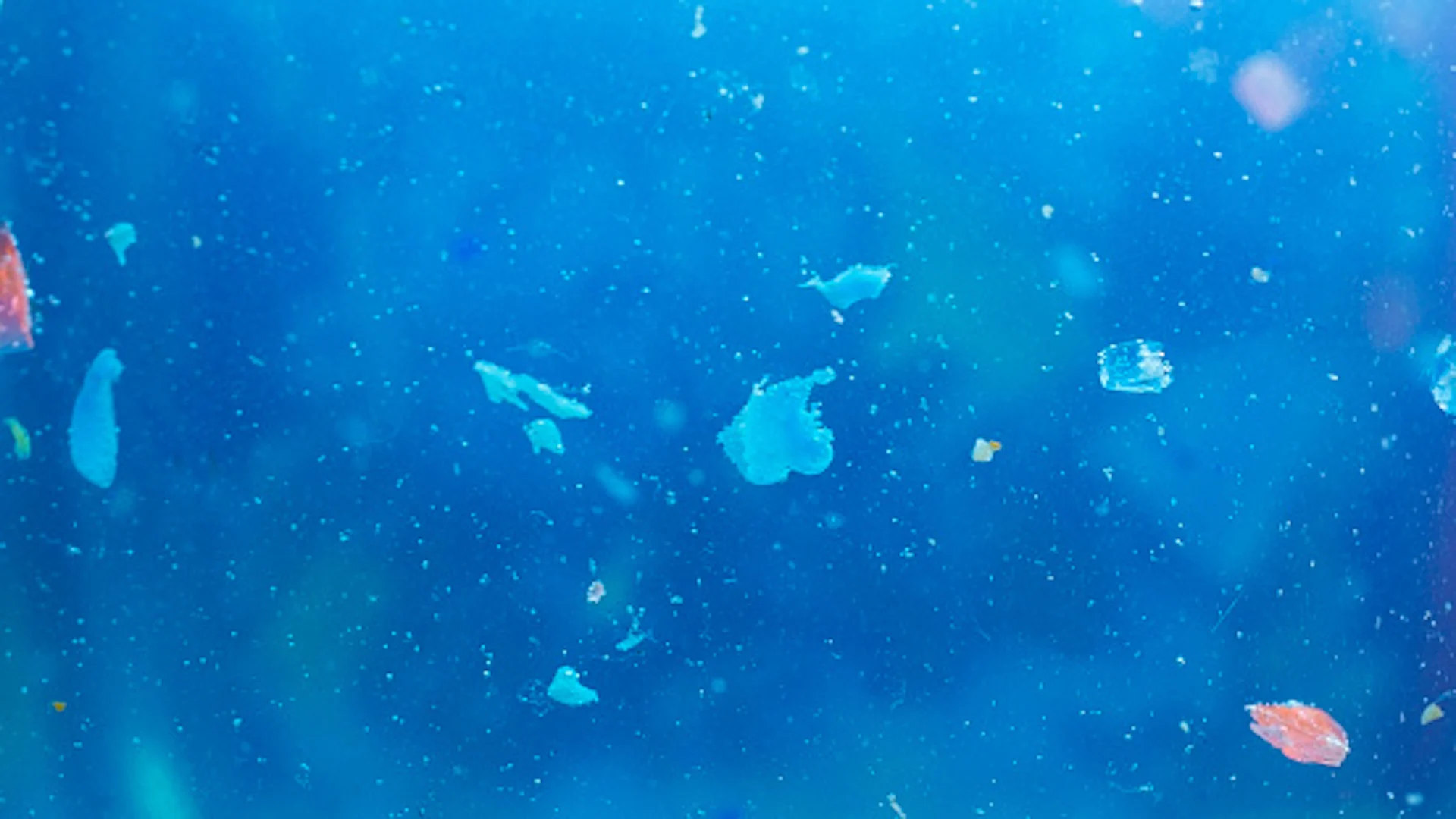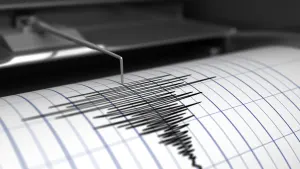
A simple and surprising way to rid your water of most microplastics
Much of the nano and microplastics found in drinking water can be removed easily, with this method effectively taking out at least 80 per cent of the tiny particles, according to a study released earlier this year
We have an idea of how much microplastics are inside humans, thanks to a recent documentary, and now some researchers have figured out how we can get rid of a large percentage of them from our tap water.
A group of researchers from Guangzhou Medical University and Jinan University in China discovered that boiling drinking water has resulted in eliminating a good portion of the nano and microplastics, or NMPs as they are collectively referred to in the study that was published in February.
RELATED: How much microplastics are inside humans? New film unveils a figure
The authors conducted tests on soft water and hard tap water, with the latter having more minerals, adding in NMPs before boiling the liquid and then straining out any precipitates, the examination outlined.
As a result, the team found offered evidence that polystyrene-, polyethylene-, and polypropylene-based NMPs can co-precipitate with calcium carbonate (CaCO3) incrustants in tap water once boiled.
The outcome was that boiling hard water can remove at least 80 per cent of polystyrene, polyethylene and polypropylene NMPs that are between 0.1 and 150 μm in size. In some instances, with certain types of water, up to 90 per cent of the plastics were removed.

Microplastics. (Microplastics/Greggory DiSalvo/Getty Images-2075756783-170667a)
"This simple, boiling-water strategy can 'decontaminate' NMPs from household tap water, and has the potential for harmlessly alleviating human intake of NMPs through water consumption," the authors wrote in the study.
The study noted that drinking boiled water is "supposedly beneficial" for human health since it can remove some chemicals and most biological substances.
With the boiling and filtering method, most people can do it using what they have in their kitchen.
"Elevated temperatures promote (calcium carbonate) CaCO3 nucleation on NMPs, resulting in the encapsulation and aggregation of NMPs within CaCO3 incrustants," the analysis said.
Plastics have wide variety of health risks
The health risks due to exposure to plastics are well-documented.

Microplastics in water. (Svetlozar Hristov/Getty Images-1387348230-170667a)
A different study suggests that drinking water from a plastic bottle can raise your blood pressure as a result of the micro and nanoplastics entering the bloodstream.
And a recently released study in May found traces of microplastics in the testicles of men.
As well, some scientists believe exposure can raise vulnerability to heart disease, cancer and other illnesses. Research is ongoing to further make the connection between microplastics and associated health hazards.
WATCH: From your laundry to the ocean, how microfibres are impacting the Arctic
Thumbnail courtesy of Recycle Man/Getty Images-1404206892-170667a.
Follow Nathan Howes on X, formerly known as Twitter.










